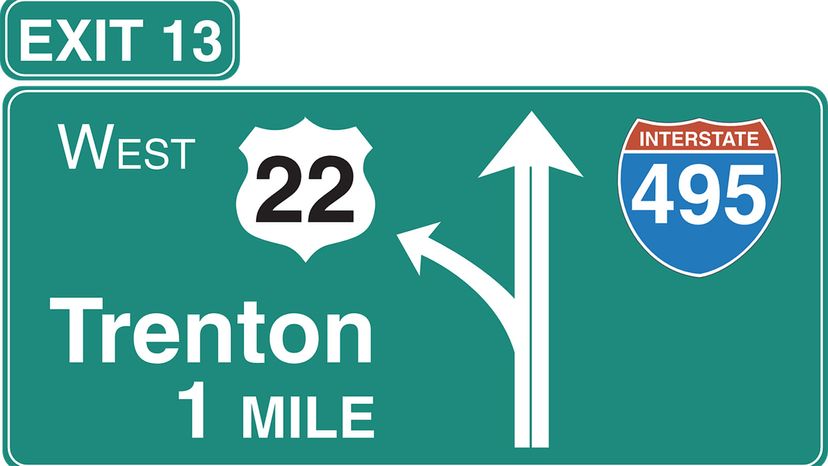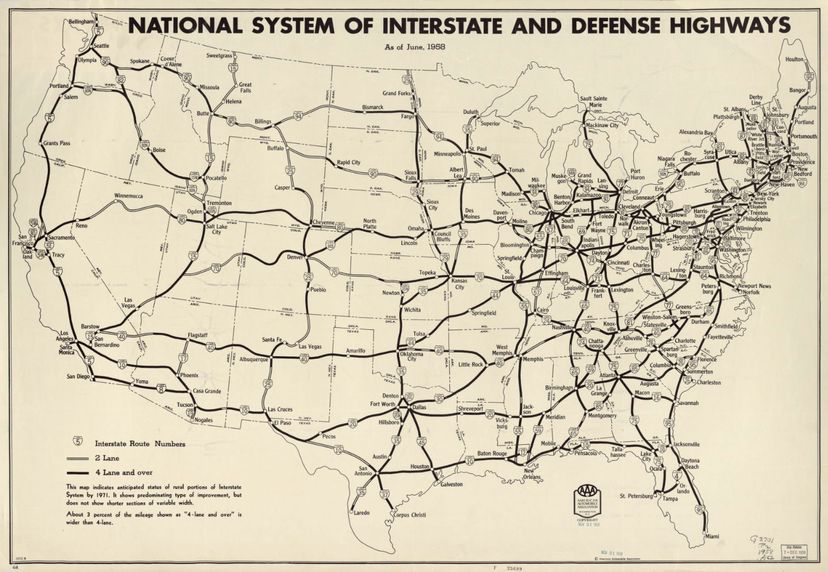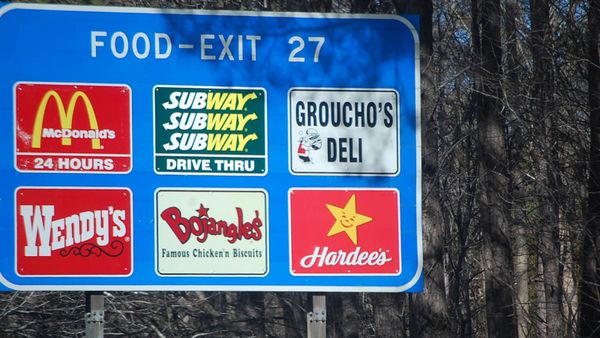
If you've ever driven west on Interstate 80 through Nebraska, you've seen one of the flattest and emptiest roads in America ... and you probably had some time to ponder life's most important questions. For example, why is the highway called "I-80," anyway? And why do some interstate names have one, two or three digits?
Buckle up, you're about to find out the secret codes behind the U.S. interstate naming system.
Advertisement
But for starters, let's find out how the Interstate Highway System began. The formal name for these roadways is The Dwight D. Eisenhower National System of Interstate and Defense Highways, and the project was approved by Congress through the Federal Aid Highway Act of 1956. It authorized the construction of about 41,000 miles (65,983 kilometers) of highways, stretching across the country from east to west and north to south.
One of the main purposes of the interstate system was national defense. President Eisenhower had served as the Supreme Commander of Allied Forces during World War II in Europe, and he'd witnessed the importance of Germany's Autobahn network, which allowed for speedy transportation throughout the country.
Another, more ominous selling point? The quick evacuation of cities that suffered potential atomic attacks.
And of course, the system was touted as a way for all Americans to travel with fewer traffic jams and more efficient routes. With no at-grade crossings (that is, intersections), the system used overpasses and underpasses to allow for seamless, stop-free, high-speed travel. There are now 46,876 miles (75,439 kilometers) of roadway with the interstate designation.
Construction began in 1956 in Missouri on what's now named I-70, but the system as a whole wasn't completed until 1992, when crews finished a devilishly difficult stretch in Glenwood Canyon, Colorado, where you'll find 40 bridges and viaducts on a single 12-mile (19-kilometer) stretch.

The Interstate Highway System transformed American life. The cargo trucking industry arose, gas stations and truck stops blossomed, suburbs sprung up around cities, and the concept of the "road trip" entered the national lexicon.
And as those road trippers zipped along, some of them surely wondered why interstates have various numbering systems. Why is one named I-5 while another is I-480? Let's take a closer look at the digits on those red, white, and blue shield-shaped signs.
Advertisement

